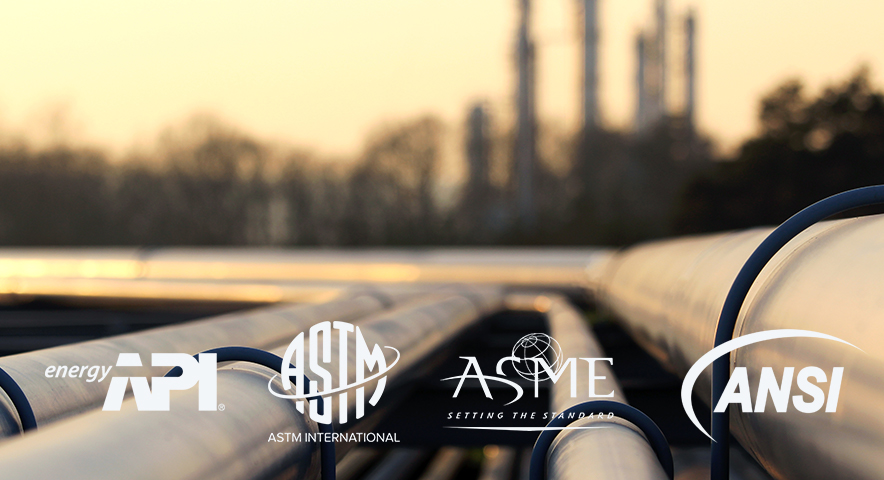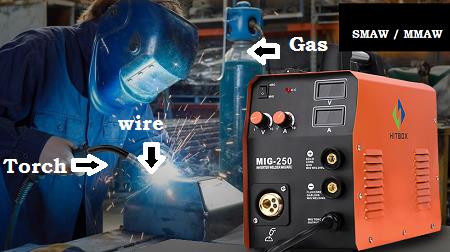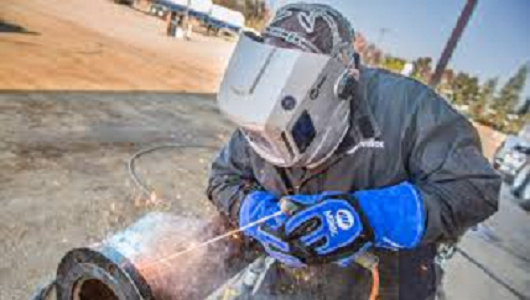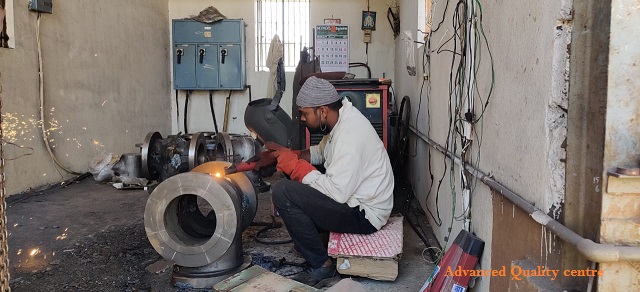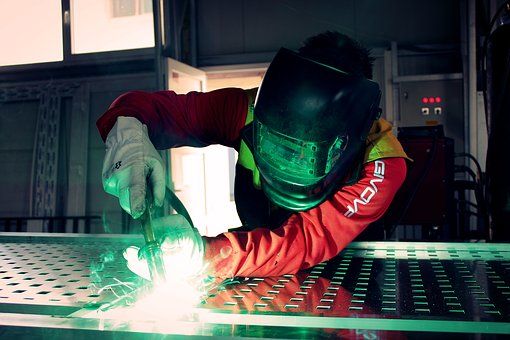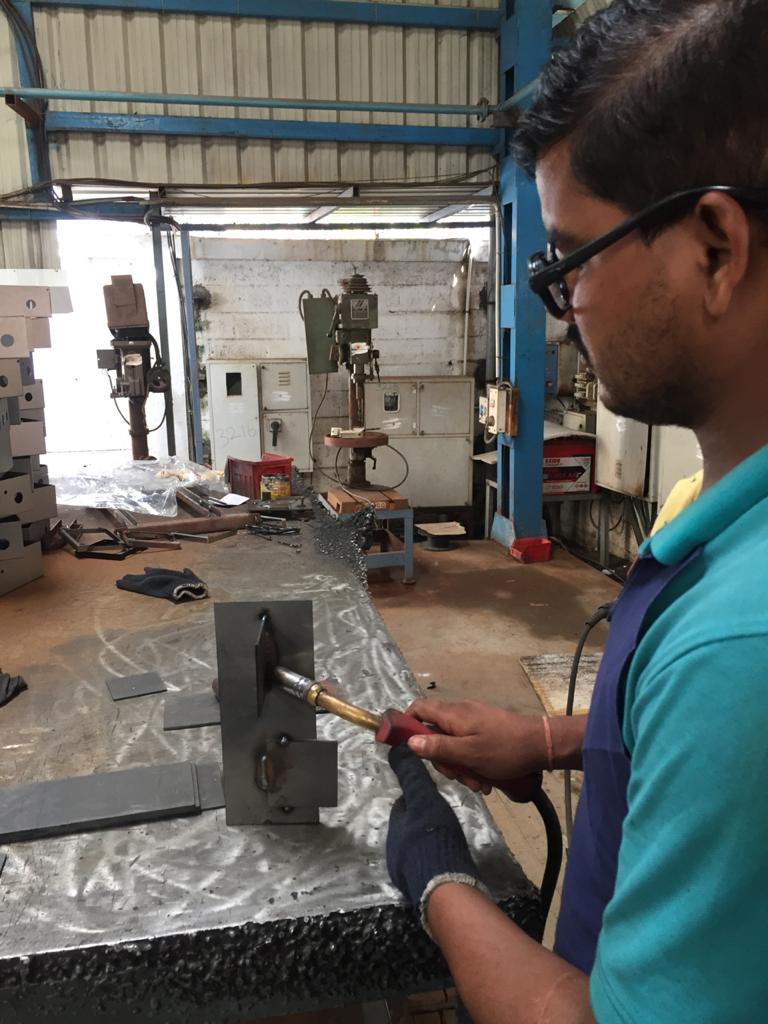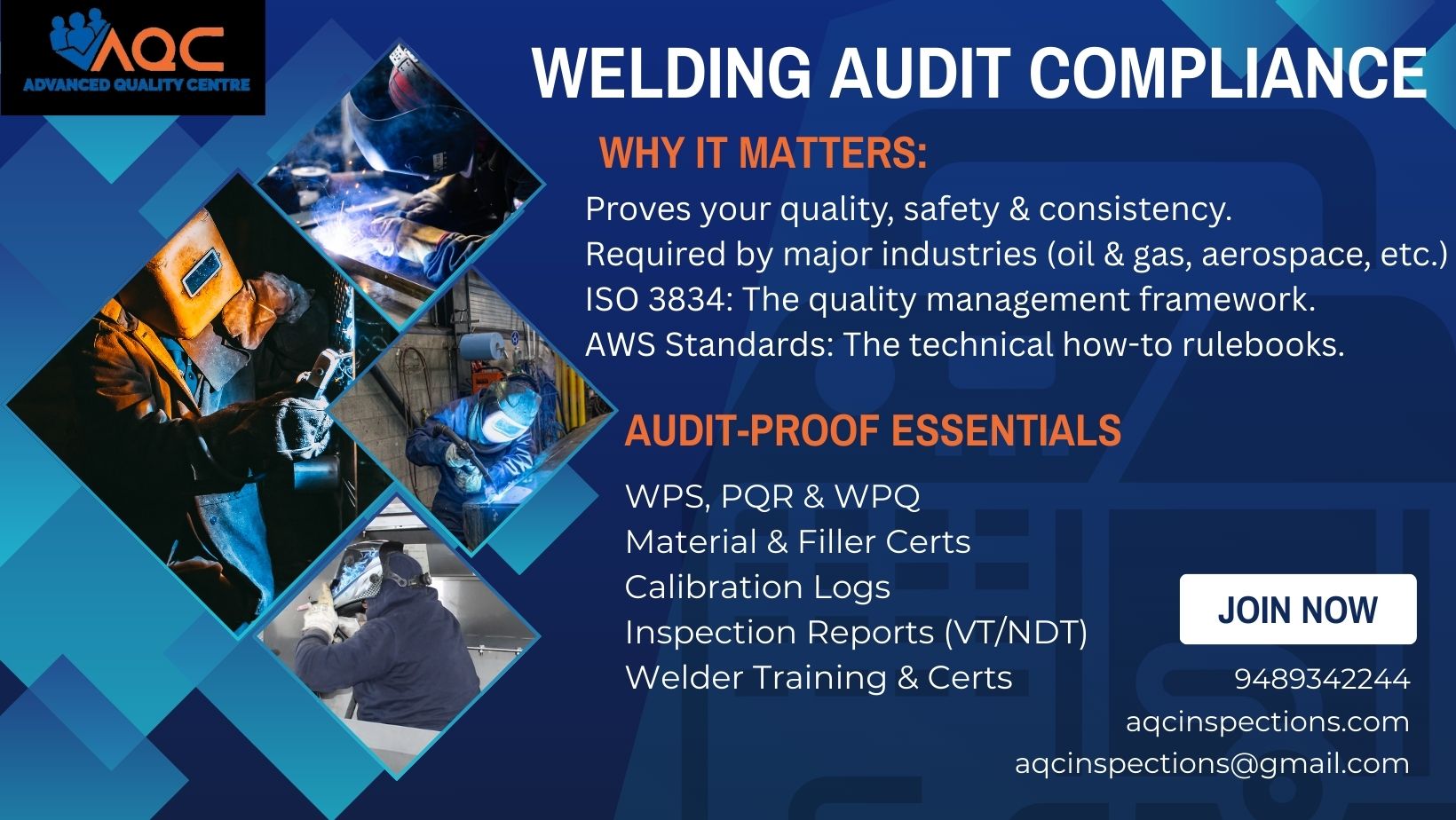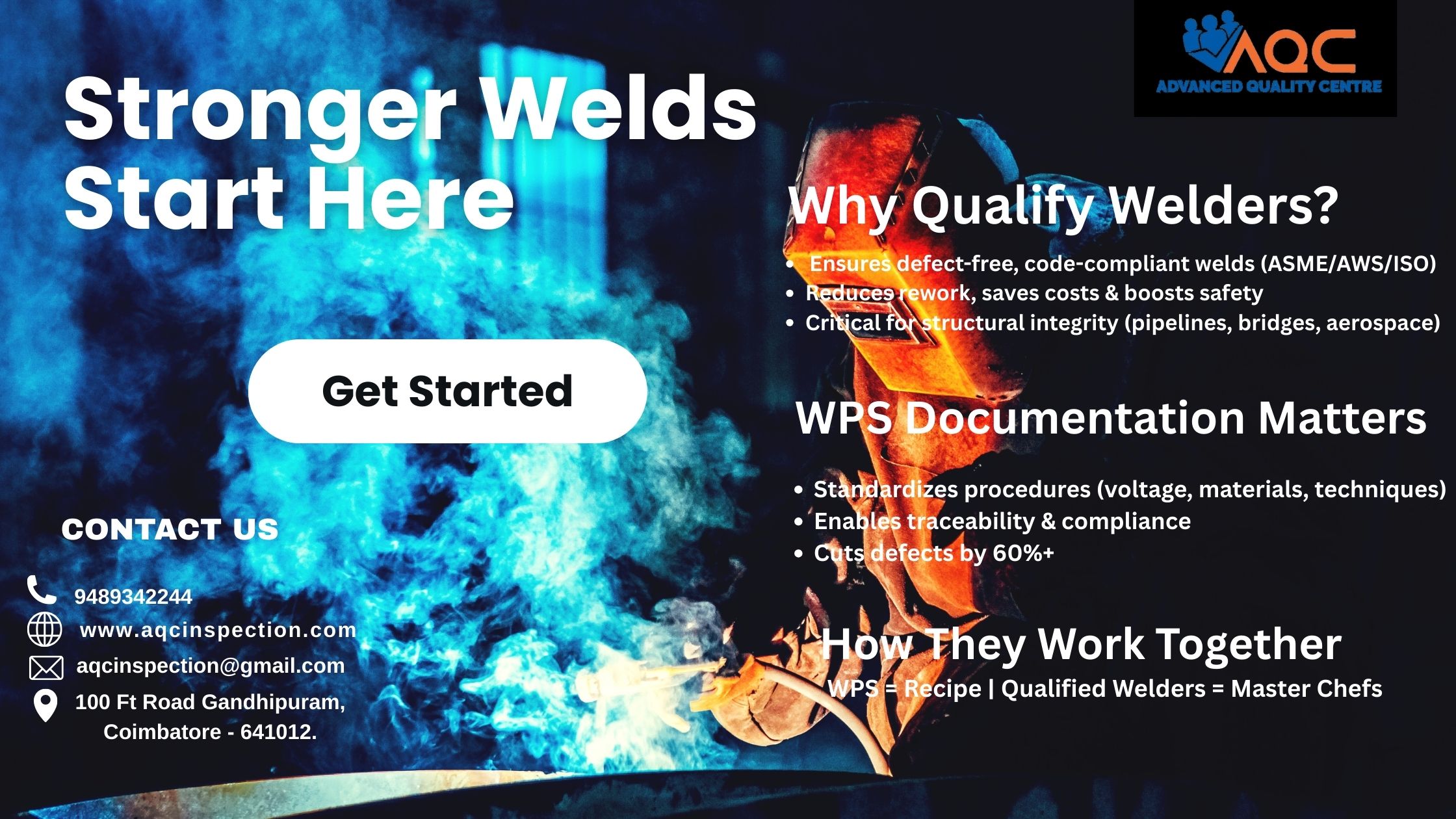blogs
blogs
blogs
WELDING ELECTRODES AND PREHEAT REQUIREMENTS
The procedure requirements for welding electrodes and preheating temperatures are as follows: Welding must be done with the same process (SMAW or FCAW) used for qualification If the operator has qualified on any of the steel permitted (ASTM A36 and A588), that same operator…blogs
Weld symbols location
1.1. Location of the Weld with Respect to Joint: a.Arrow Side. Welds on the arrow side of the joint are shown by placing the weld symbols on the side of the reference line toward the reader.blogs
WELDING SYMBOLS
Elements of Welding Symbols: The first concepts the Welding Inspector must understand very well, are the welding symbols and how to interpret them on drawings. The reference line of the welding symbol, as shown below, is used to designate the type of weld to be…blogs
Recommendations for Welding
We would see about Recommendations for Welding of Structural Steel as per AWS D1.1 , 2020 revision Groove Weld: (Clause 4.4.1) Weld Length : shall be the width of the parts joined , perpendicular to the direction of compressive or tensile stress, Weld Size: Thickness of thinner…blogs
Weld Position- Fillet Welds
Fillet Weld Positions The advantage of the fillet-welded joint is that it’s unnecessary to prepare the edges of the plates or sheets for welding. Double fillet-welded joints are an improvement over single-fillet joints because they can withstand loads from more than one direction. Three of the…blogs
